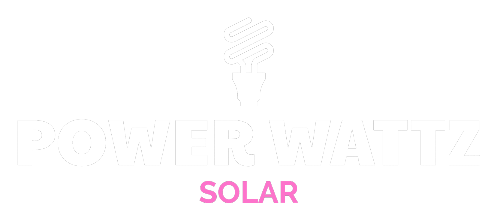
In a strategic move to promote cleaner energy and attract investment, the Vietnamese Government has reduced the preferential import tariff on liquefied natural gas (LNG) from 5% to 2%.
The tariff cut is seen as a pivotal measure to support Vietnam’s shift from coal and other fossil fuels toward more sustainable energy sources, while stimulating development across the LNG value chain.
Nguyen Quoc Thap, Chairman of the Vietnam Petroleum Association, welcomed the decision, noting that it would encourage investments across LNG import, infrastructure development, and power generation. Beneficiaries include key players like PV GAS and PV Power, which are already advancing LNG-to-power projects.
Major boost for LNG projects under PDP8
Vietnam’s Power Development Plan VIII (PDP8) outlines the construction of 23 gas-fired power plants by 2030, including 13 using imported LNG with a combined capacity of 22,400 MW. The remaining 10 plants will use domestic gas, contributing an additional 7,900 MW.
Among the flagship projects is the Nhon Trach 3 power plant, developed by PV Power, which became the first LNG-to-power plant connected to the national grid using imported gas. It is expected to begin commercial operations in July, alongside the nearly completed Nhon Trach 4. Both are scheduled to be fully operational by 2025.
To ensure fuel security, PV GAS and PV Power have inked a 25-year LNG supply agreement for these plants. PV GAS, Vietnam’s only long-term LNG supplier, is also accelerating investment in import terminals to meet growing demand for electricity and industrial usage.
The tariff reduction is expected to lower input costs for LNG-fueled power plants and improve consumer affordability.
Challenges in policy and financing remain
Despite the progress, industry experts have pointed out policy gaps that could hinder long-term LNG development. Thap emphasized the need for a unified regulatory framework governing investment, LNG imports, infrastructure, and market trading to ensure national energy security.
A PV GAS representative highlighted several persistent issues, including the absence of minimum purchase guarantees, lack of clear mechanisms to pass LNG prices through to electricity tariffs, and ambiguous cost regulations. These challenges complicate project planning, pricing strategies, and investment negotiations.
PV Power further noted difficulties in securing international financing, as the LNG model remains nascent in Vietnam. Projects typically require guaranteed purchase volumes of 70–80%, transparent pricing frameworks, and assured access to land and transmission lines to qualify for foreign loans.
Petrovietnam has also called for a differentiated regulatory approach for LNG-to-power projects within the competitive electricity market, citing the need for long-term contracts to ensure supply stability and cost efficiency.
Association calls for broad legal reforms
To support the country’s energy transition, the Vietnam Petroleum Association has urged revisions to several laws, including those covering electricity, environmental protection, taxation, marine resources, investment, and land.
The association also recommends aligning market reforms with PDP8, developing integrated LNG infrastructure clusters—including terminals, power plants, and industrial zones—and expanding transmission networks to support both domestic and export-oriented energy distribution.
In addition, it advocates for updated financial and operational regulations for state-owned energy enterprises such as Petrovietnam and EVN to enhance efficiency and investment readiness.
Related
Source link



